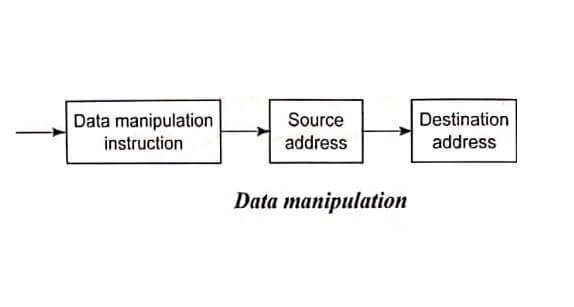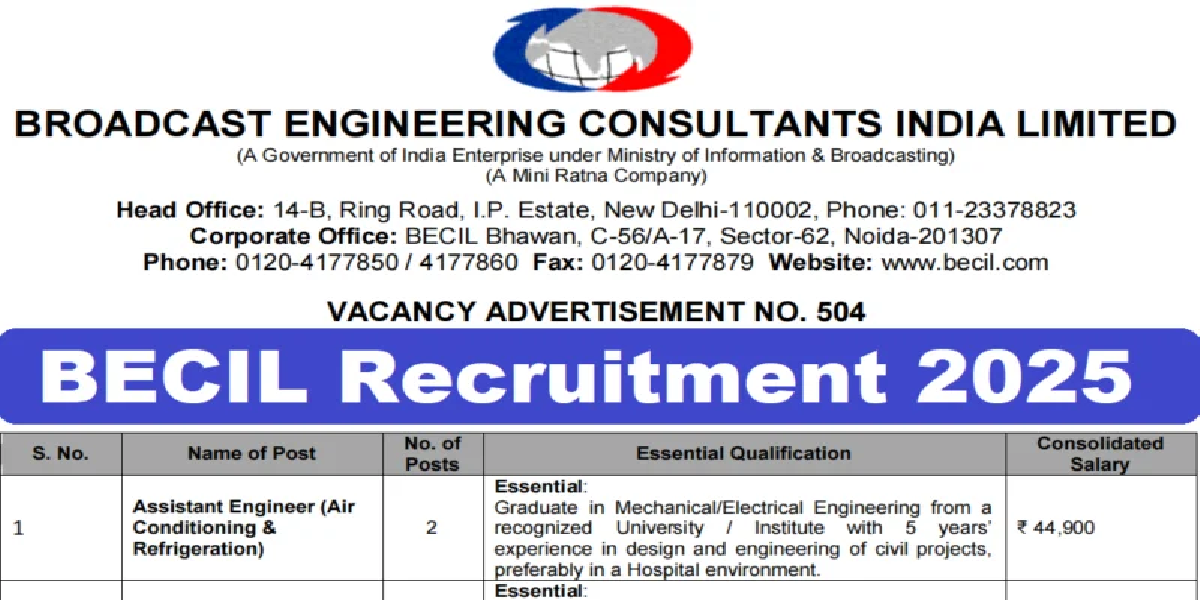Data manipulation instructions enable the PLCs to take on additional characteristics that are beyond the conventional relay equivalent instruction. It allows the movement, manipulation or storage of data in either single or multi-word groups from one data memory area of the PLC to another. Therefore, data manipulation can be divided into many categories
- Data transfer
- Data comparison
Data manipulation involves transfer of data and operation on data with math functions, data conversions, data comparison and logical operations.
The data manipulation instruction will contain the source address from where the data is to be obtained and the destination address.
Data Manipulation – Transfer Operations
These are all output instructions.
(i) GET/PUT data transfer rung: This is common data transfer instruction. GET instructions instruct the processor to get a value stored in some word. PUT instructions tell the processor where to put the information it obtained from the GET instruction.
The example is shown in Figure with GET/PUT instruction tells the processor to get the numeric value 002 stored in word 030 when input 100/10 is true. This word is now transferred to put into word 150. Note that the PUT instruction must be preceded by GET instruction.
(ii) MOVE instruction: MOVE instruction is commonly used to copy the value from one address to another address. The instruction should specify from source address and destination address.
Here, when the rung is true, the value stored in source address 10 is copied to destination address 0.
Data Compare Instructions
Data compare instructions are input instructions and it gets the PLC to compare two data values. The compare instructions have many uses and can be used when data needs to be compared before next part of a process can takes place. Normally, PLCs can make comparison for each of the following conditions.
| Name | Symbols |
| Less | < |
| Equal to | = |
| Greater | > |
| Less than or equal to | ≤ |
| Greater then or equal to | ≥ |
Consider a logic rung that uses an equal to (=) instruction as shown in Figure. Note that a GET instruction is always programmed preceding any data compare instruction.
Here the output will be energized when input LS1 is true and the value in address 020 is equal to the reference value 100 in address 030.
Figure shows a logic rung that uses a greater than instruction. The greater than instruction is made with less than pair and will have a logic tree condition. GET instruction, value is the reference and less than the instruction value is changing variable.
- Output will be ON when input LS1 is true and the value in word 030 is greater than the reference value 100.
- Output will be ON when the value in word 020 is less than reference value.
The LESSTHAN OR EQUAL TO (≤) and GREATER THAN OR EQUAL TO (≥) comparison rung are also programmed with GET instruction. For example, LESS THAN OR EQUAL TO (≤) comparison is shown in Figure.
The output L1 will be activated with LS1 is ON, when the value in the address 020 is less than or equal to the reference value 100 in address 030.
In Figure, the output L1, will be energized when LS1 is true and the value in address 030 is greater than reference value 50 in address 020.






